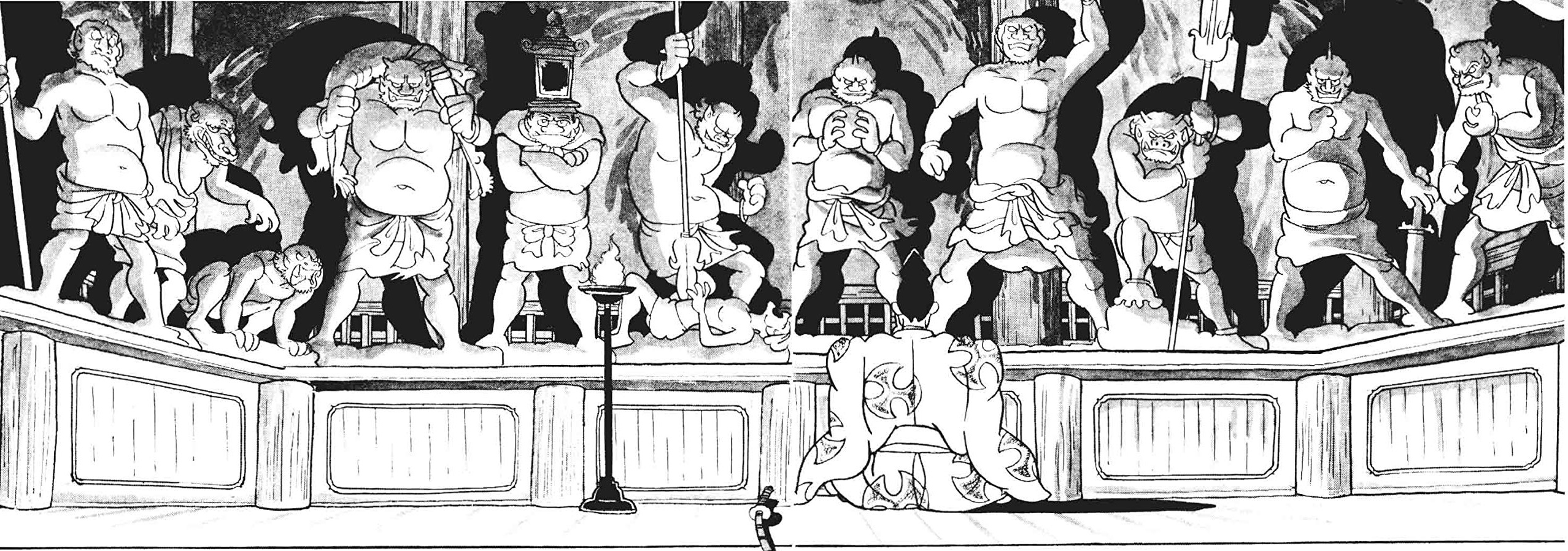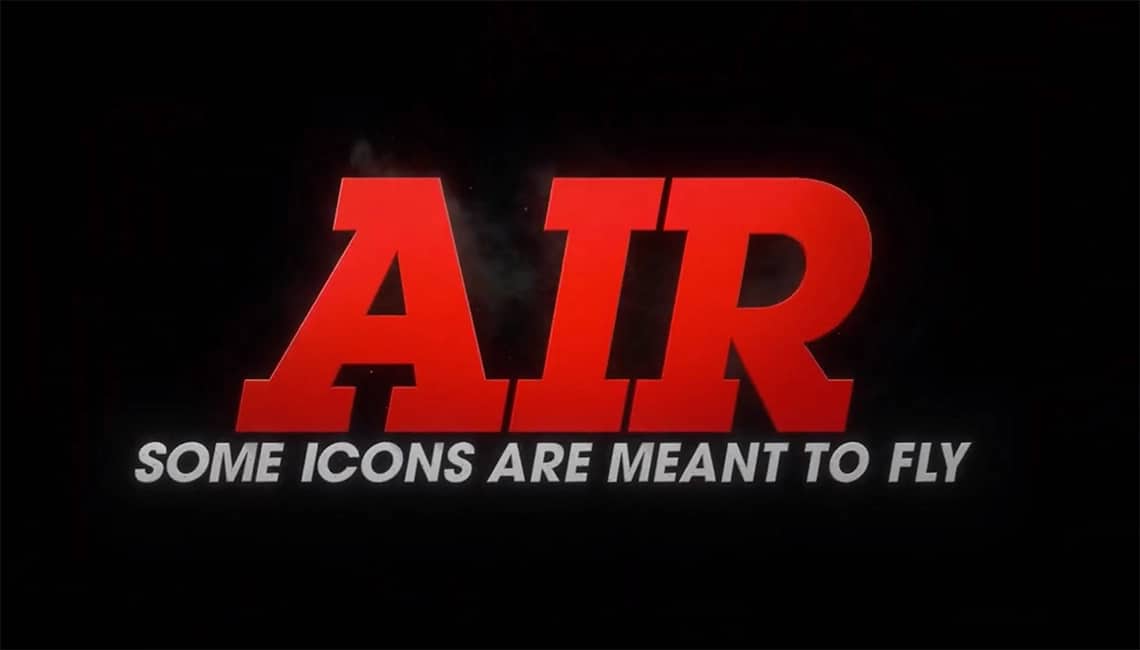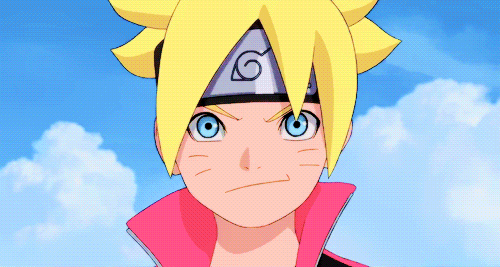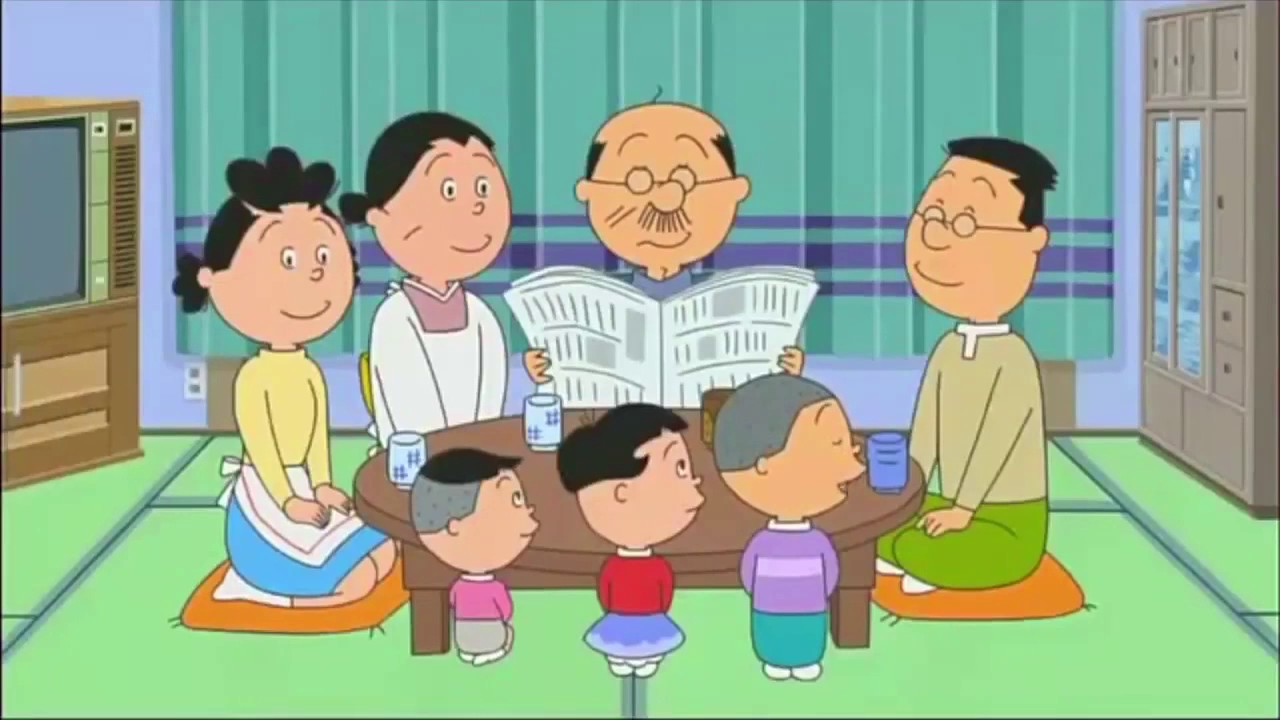Osamu Tezuka, presented as the father of manga can have an impressive reputation. However, the neophyte can always find easy entry doors. Dororo whose first volume, published by Delcourt/ Tonkam in a very beautiful edition has just been released, is one of them.
A human puzzle
 Hyakkimaru did not have an easy start to his life. He was born with 48 parts of his body amputated. This disability does not come from a genetic disease but from magic. Indeed, demons came into the mother's womb and stole these different members as wages for helping Hyakkimaru's father. As if that wasn't complicated enough, it has the curse of attracting monsters like a magic magnet. Despite these difficulties, once he becomes an adult, Hyakkimaru decides to find his parts and thus enters a quest for revenge. Accompanied by the little thief Dororo, he also wants to find a haven of peace but this initiatory quest is dotted with increasingly titanic battles against yōkai. Tezuka's abundant work can be roughly summarized in two streams. On the one hand, it began with series regularly published in magazines based on unbridled and abundant action. This is why critics have often presented the artist as the Japanese Hergé. On the other hand, he proposed shorter works with a religious or social purpose. One could then say that he is the Moebius of the land of the rising sun. Dororo imprints these two currents and that is why it is a very good gateway to discover the genius of Tezuka. Through the various fights and the journey of the duo of main characters, the reader is captivated which allows the writer and the cartoonist to place a political statement on the difference.
Hyakkimaru did not have an easy start to his life. He was born with 48 parts of his body amputated. This disability does not come from a genetic disease but from magic. Indeed, demons came into the mother's womb and stole these different members as wages for helping Hyakkimaru's father. As if that wasn't complicated enough, it has the curse of attracting monsters like a magic magnet. Despite these difficulties, once he becomes an adult, Hyakkimaru decides to find his parts and thus enters a quest for revenge. Accompanied by the little thief Dororo, he also wants to find a haven of peace but this initiatory quest is dotted with increasingly titanic battles against yōkai. Tezuka's abundant work can be roughly summarized in two streams. On the one hand, it began with series regularly published in magazines based on unbridled and abundant action. This is why critics have often presented the artist as the Japanese Hergé. On the other hand, he proposed shorter works with a religious or social purpose. One could then say that he is the Moebius of the land of the rising sun. Dororo imprints these two currents and that is why it is a very good gateway to discover the genius of Tezuka. Through the various fights and the journey of the duo of main characters, the reader is captivated which allows the writer and the cartoonist to place a political statement on the difference.
A historical narrative in the news
Dororo is not a historical manga because the monsters are numerous. Nevertheless, Tezuka places this fantastic story in a very particular period. Japan is plunged into a dark period. The power of the emperor is surpassed by warlords who fight to expand their domain. The peasants find themselves in the middle of these private wars. Even if we are far from gore, the mangaka does not hesitate to show this suffering of the people and the violence of the samurai.  If this manga began its publication in 1967, it is now in the spotlight. On the one hand, it is the subject of a remake by Atsushi Kaneko in Search and Destroy, two volumes of which have just been published. Proof if it were needed of the acuteness of Tezuka's themes; and the modernity of his stories that continue to directly or directly inspire many mangakas. Note the publication still by Delcourt of Tezucomi, anthology of works of the master revisited by big names of comics and manga. On the other hand, the main theme of the work is very contemporary. Indeed, behind the succession of battles, Dororo is above all a defense of human diversity. Today, as then, it is very rare to place at the center of the story a person with a disability and another of short stature. Hyakkimaru is despised for his disability. He has to work twice as hard to demonstrate his skills as a sabreur. Dororo is an orphan rejected by all. In this country in the midst of a civil war, he must fly to survive. Moreover, if in this imaginary world there are real monsters, most of the people met are deeply sensitive. They are above all rejected beings, excluded in search of recognition and respect. Dororo is therefore a major narrative of the manga by a genius of the scenario and the drawing but this importance should not impress you. It is first and foremost a fun action story. It is also much more. It is a portrait of the excluded that Tezuka anchors in contemporary reality. The new prestige edition by Delcourt honors this series. If you enjoyed this review, you can also take a look at Search & Destroy and Pluto, two recent re-readings of Tezuka's works.
If this manga began its publication in 1967, it is now in the spotlight. On the one hand, it is the subject of a remake by Atsushi Kaneko in Search and Destroy, two volumes of which have just been published. Proof if it were needed of the acuteness of Tezuka's themes; and the modernity of his stories that continue to directly or directly inspire many mangakas. Note the publication still by Delcourt of Tezucomi, anthology of works of the master revisited by big names of comics and manga. On the other hand, the main theme of the work is very contemporary. Indeed, behind the succession of battles, Dororo is above all a defense of human diversity. Today, as then, it is very rare to place at the center of the story a person with a disability and another of short stature. Hyakkimaru is despised for his disability. He has to work twice as hard to demonstrate his skills as a sabreur. Dororo is an orphan rejected by all. In this country in the midst of a civil war, he must fly to survive. Moreover, if in this imaginary world there are real monsters, most of the people met are deeply sensitive. They are above all rejected beings, excluded in search of recognition and respect. Dororo is therefore a major narrative of the manga by a genius of the scenario and the drawing but this importance should not impress you. It is first and foremost a fun action story. It is also much more. It is a portrait of the excluded that Tezuka anchors in contemporary reality. The new prestige edition by Delcourt honors this series. If you enjoyed this review, you can also take a look at Search & Destroy and Pluto, two recent re-readings of Tezuka's works.




































